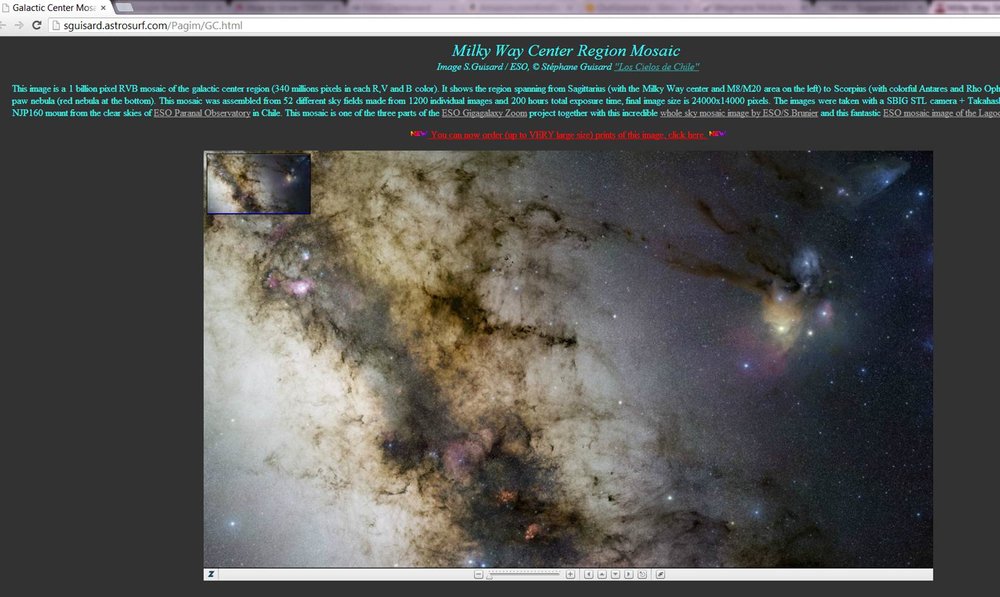Houses of the Future - A Wish List - Part III
/The population of the world is growing. In the future, more of us will live in cities than in rural or suburban settings. This post focuses on what happens to the types of houses I would prefer for my home in that scenario.
Perhaps one way that ‘single family’ houses survive is to become embedded in food growing enterprises. Small parcels of land around a house, or groups of houses, could be tended by robots to become very productive either as general gardens or focused on specialized crops. Would this be the way the wealthiest live in the future? Or maybe this is what happens to old houses that are not engulfed by a city and have been retrofitted with new technology.
Even if we end up living in cities in high density buildings - not ‘single family’ houses - there are things that we can change about that environment to improve the approximation to the place I would want to live. My wish list for this future is:
- Soundproofing between housing units is effective and universal.
- The advent of self-driving vehicles means that emergency vehicles no longer use sirens or horns (since they can cause the vehicles in their path to move out of the way via silent connectivity).
- Buildings are covered with plants tended by small robots. Green is the dominant color seen in views from windows.
- Elevated walkways separate foot traffic from vehicular traffic. Both sides of the walkway include plantings. The walkway itself is power generating.
- Outside lighting is directed downward and dim (or turns off completely) when the light is not needed by people in the area. The stars are visible in the sky overhead most of the time - or from upper floors of buildings.
- Sensors detect malfunctions or hazardous situations in the building (fire/smoke, plumbing, heating/cooling, ventilation, etc.) immediately and react appropriately….much faster than happens is buildings today.
Previous posts in this series are here - Part I and Part II.


























